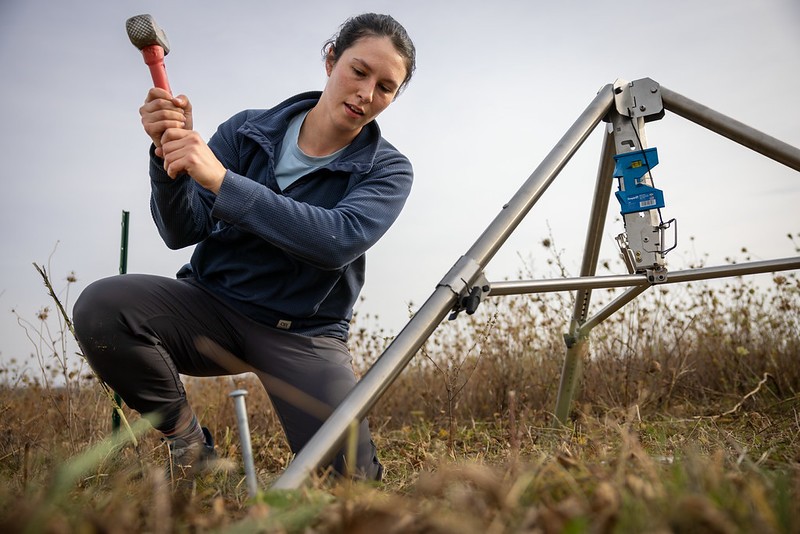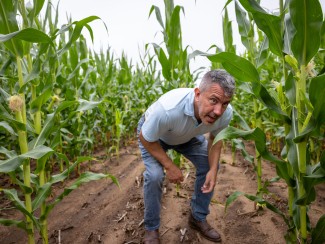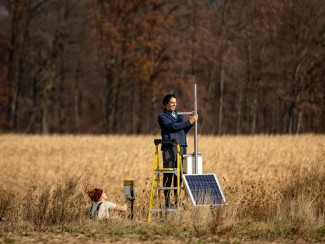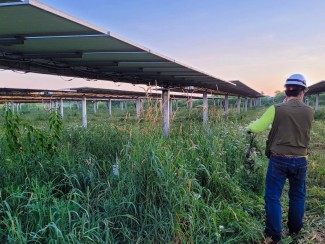Weather monitoring network honored

A new statewide weather monitoring system based at the University of Wisconsin–Madison, was runner-up for a global award honoring contributions to meteorology and climate services.
Wisconet was shortlisted for a Global Hydromet Excellence Award for Best Application of GIS in Meteorology and Climate Services, recognizing the quality of its website and online tools.
"It's primarily related to our different applications ... taking all the data we're collecting and turning it into useable features," said research manager Chris Vagasky.
Those features include customizable maps and dashboards for outdoor activities and agriculture.
Introduced this year by the consulting firm Varysian, the Hydromet Excellence awards recognize contributions in meteorology, hydrology, and climate services.
ESRI, the company behind ArcGIS, the most widely used geospatial platform, won first place Monday at an awards ceremony in Vienna.
"They go back to the 1960s or 70s doing things like that," Vagasky said.
Wisconet (officially the Wisconsin Environmental Mesonet) is a network of weather and soil monitoring stations designed to provide high-quality data at high spacial and temporal resolutions, including solar radiation, leat moisture, and soil moisture and temperature readings from 2 to 40 inches below the surface.
Overseen by Wisconsin Energy Institute investigator Chris Kucharik and funded by USDA Rural Partnerships Institute (RPI) and the Wisconsin Alumni Research Foundation (WARF),Wisconet has installed 78 stations to date in all Wisconsin counties but Menominee, which is primarily covered by the Menominee Indian Reservation.
Vagasky said he's working with tribal leaders to add a Menominee station. Plans are also in place to add two stations in the Apostle Islands.
The team is also working on a website update to include station almanacs and climatological data going back to 1940.





